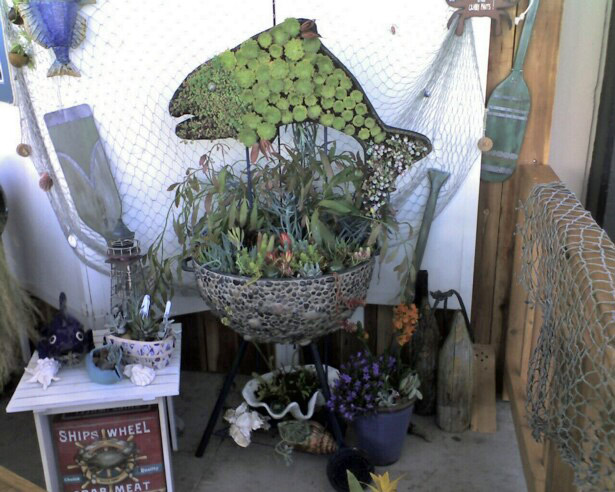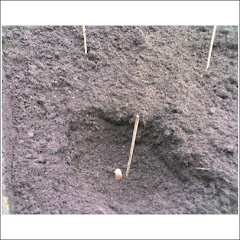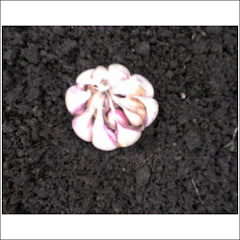Fresh vegetables can be frozen quickly and easily during the harvest season. Whether you freeze purchased
or home-grown vegetables, the keys to a successful product are using vegetables at the peak of ripeness and freezing quickly after purchase or harvest.
Selection and Purchase
Choose vegetables that are young and tender. Wash well and rinse twice in fresh water each time to remove
dirt. Trim away any bad areas, tough stems, and leaves. Cut into desired sizes.
Blanching
Although freezing slows enzyme action, it doesn’t completely halt it. Blanching, a heat treatment to inactivate
the ripening enzymes in vegetables, preserves their color, texture, and flavor for nine to twelve months in the freezer. Except for onions and green peppers, vegetables should be either water or steam blanched before being frozen. Some vegetables, such as mushrooms, eggplant, and summer squash, taste better if sauteed briefly in oil, butter, or margarine before freezing. Chill before packing. To water blanch vegetables, place the washed, prepared vegetables in a pot of boiling water. Use one gallon of water for each pound of prepared vegetables. (See table 1 for recommended blanching times for different vegetables.) Start timing the blanching action when the water returns to boiling after putting in the vegetables. Plunge the vegetables immediately into cold (preferably ice) water for the same time as you blanched the vegetable. This cold bath stops the cooking action. To water blanch, place two cups or about 1 pound of prepared vegetables in a single layer in a basket and lower into a pot containing one gallon of boiling water. The vegetables should be above the water. Cover with tight-fitting lid and start counting blanching time when steam comes up around the pot lid. (See table 1 for blanching times.) Plunge vegetables into a cold bath. You can use the microwave oven to blanch small quantities. However, there is no time or money saved when microwave blanching vegetables.
Packing Food into Freezer Containers
Drain and chill food before packing into moisture proof freezer containers. Both freezer bags and square
containers provide economical packs with regard to space used in the freezer.Fill rigid containers to the expansion line. If you use freezer bags, lay bags on counter after filling with drained vegetables and press out air. Close zipper bags except for about one inch. Use a drinking straw to suck air out and complete closure. If using a bag with a twist tie closure, gather edges around drinking straw and draw out air before twisting and tying. Date and identify contents using a moisture proof freezer pen. When freezing, place packages in the coldest area of the freezer with about one inch around the packages for cold air circulation until the food is frozen. After packages are frozen, stack tightly. Freeze only the amount that the freezer can handle
efficiently. A good rule of thumb is 2 to 3 pounds of food for each cubic foot of storage space. Overloading
slows the freezing process and adversely affects the quality of the food, especially corn-on-the-cob. Make a food inventory and post it close to the freezer. List foods and number and sizes of containers. Keep a pen close to mark the list as cartons are used.
Thawing and Preparing Vegetables to Eat
Except for corn-on-the-cob, vegetables can be cooked with little or no thawing. Corn on the cob
should be thawed completely before cooking. Greens should be partially thawed and separated before cooking.Because the vegetables were blanched before freezing, they will cook quickly. Use the smallest amount of water possible to conserve nutrients. Cook only the amount you need for the meal. Avoid letting vegetables stand after cooking as nutrients leach into the cooking water.
See The charts at this link:
http://foodsafety.nmsu.edu/pubs/_e/e-320.pdf
Subscribe to:
Post Comments (Atom)











Hey Cid,
ReplyDeletethanks for the details of freezing veggies- I haven't tried it and wondered how to do it. We tend to get lots of beautiful green beans, more than the two of us can eat. I just took a big bag over to our local charity (along with some other fresh edibles) for distribution to the needy in our city. That's also an excellent way to spread the joy of our bounty!
Happy fall...
from Urban Artichoke (aka Patricia)